Where would art be without Rubens? On a different path entirely, argues Nico Van Hout, whose exhibition ‘Rubens and his Legacy’ opens in Brussels this week. We asked the curator more about the show, and the perennially influential artist it honours.
Click here for a gallery of highlights from the exhibition
Can you tell us a bit about the exhibition?
This exhibition is a collaboration between the Royal Museum of Fine Arts, Antwerp, Bozar Brussels and the Royal Academy of Arts in London. It covers the artistic impact of Peter Paul Rubens on four centuries of European art history. Few painters are capable of inspiring fellow artists for such a long period. Without Rubens no rococo, no romanticism, no orientalism. Perhaps even no Impressionism. A selection of some 170 paintings, drawings and engravings are shown. A catalogue in four languages accompanies the exhibition (English, Dutch, French, German).
What makes this a distinctive show?
It is the first broad overview of a subject neglected in art history. I didn’t want to make ‘another Rubens show’. I’m not focusing on Rubens the diplomat, the collector, the propagandist or the husband. The exhibition tries to show why Rubens’s paintings were and still are fascinating to so many other artists. Why is Rubens the ultimate painter’s painter?
How did you come to curate this exhibition?
Being a Rubens scholar and curator in the Royal Museum in Antwerp, my director and the RA’s exhibitions director invited me to prepare a show on Rubens and his close collaborators. This was back in 2008. Yet, scholarly views on Rubens’s assistants are far from unanimous. I feared such a show would mainly interest specialists, so I reformulated the concept into the present one. In the meantime, it was decided to organise the exhibition in Bozar, as the reopening of the Royal Museum is only expected in 2018.
What is likely to be the highlight of the exhibition?
Without any doubt the presentation of the Garden of Love (Prado), together with preliminary studies (Amsterdam Museum) and the two model drawings for the Jegher print which is based upon this famous composition (Metropolitan Museum). In Bozar this ensemble will be accompanied by Rubens’s copy after Titian’s Andrians (Stockholm). It will be a dazzling experience of colour!
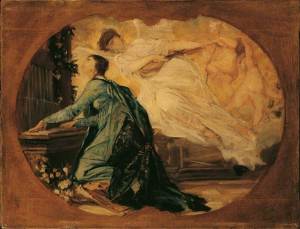 And what’s been the most exciting personal discovery for you?
And what’s been the most exciting personal discovery for you?
A very unexpected link between the oval St Cecilia sketch by Gustav Klimt (Vienna, Belvedere) and Rubens’s oil sketch of the same subject, preserved in the Vienna Akademie der Bildenden Künste, where Klimt studied.
What’s the greatest challenge you’ve faced in preparing this exhibition?
We quite often could get painting A, but not the matching painting B, which is problematic in a show that is about linking specific works. Luckily I started with a huge list of alternative clusters to choose from. Also, working for three institutions requires diplomacy and flexibility from the curator.
How are you using the gallery space? What challenges will the hang/installation pose?
In Bozar I wanted to preserve Victor Horta’s refined architecture as much as possible. But in the end, we discovered we needed extra wall space to hang everything in a proper way. In the RA it was decided to change the order of the six exhibition chapters in response to the exhibition spaces available. And of course, the handling and hanging of some of the larger works will need some extra care.
Which other works would you have liked to have included?
In an ideal world, I would have liked to include Rubens’s Chapeau de Paille, the Gulbenkian Portrait of Hélène Fourment, Watteau’s Embarquement pour Cythère, Constable’s Salisbury Cathedral from the Meadows and Renoir’s The Gust of Wind. I don’t forgive myself for not having asked Courbet’s Le Sommeil. But altogether I’m grateful for all the amazing masterpieces that museums and collectors entrusted us with.
‘Rubens and his Legacy’ is at BOZAR, Brussels, from 25 September–4 January 2015. It then travels to the Royal Academy of Arts, London (24 January–10 April).
Unlimited access from just $16 every 3 months
Subscribe to get unlimited and exclusive access to the top art stories, interviews and exhibition reviews.

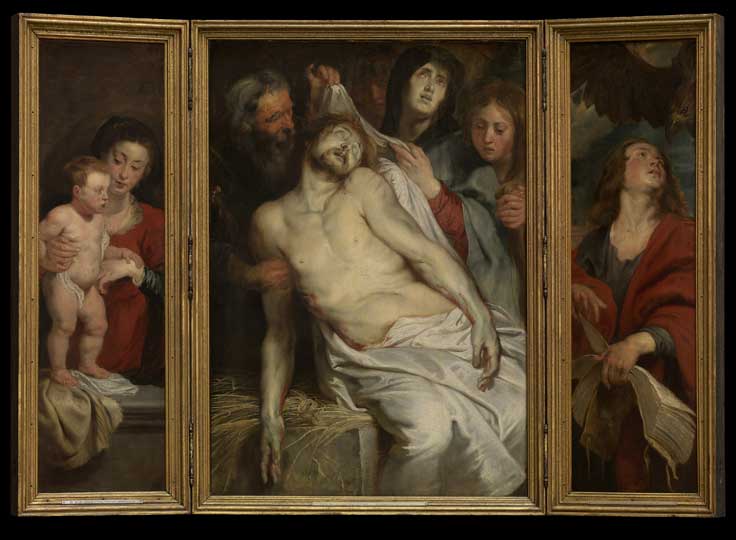

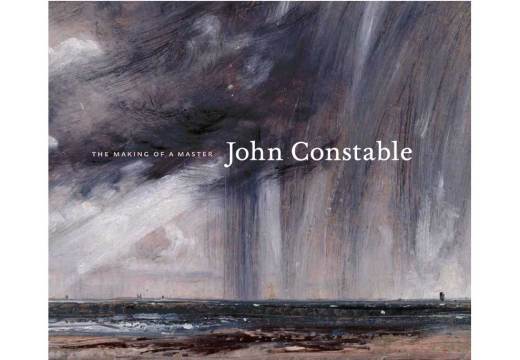
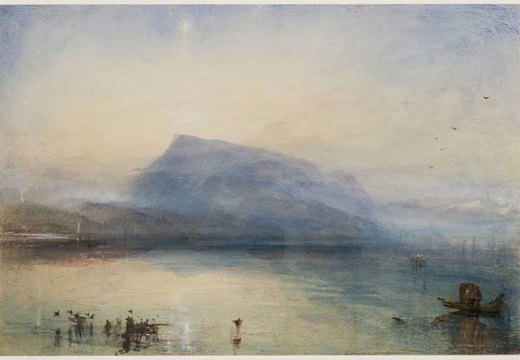
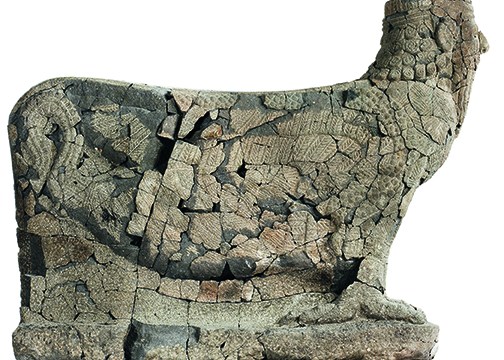









![Masterpiece [Re]discovery 2022. Photo: Ben Fisher Photography, courtesy of Masterpiece London](http://www.apollo-magazine.com/wp-content/uploads/2022/07/MPL2022_4263.jpg)
The threat to Sudan’s cultural heritage